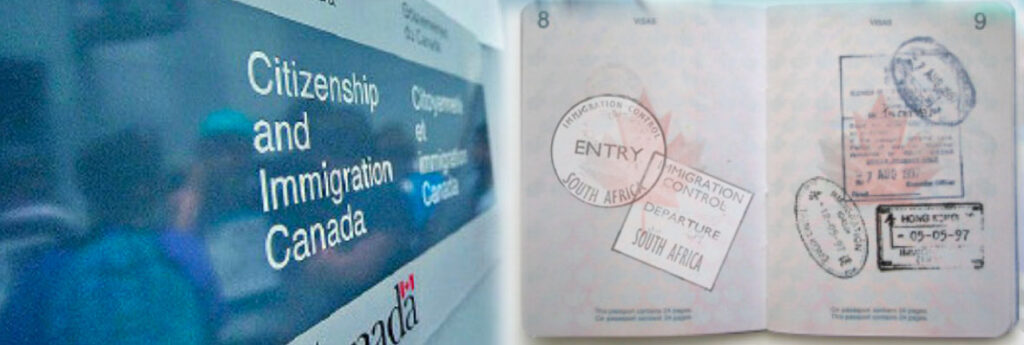The federal government is extending, and slightly expanding, a travel exemption for Canadians trying to return home from South Africa. Earlier this month, the government lifted a requirement for Canadian travellers from South Africa to have a negative COVID-19 molecular test result in a third country before coming to Canada – now that exemption will remain in place until at least Jan. 7.
In addition, beginning today (December 14), the exemption will apply to eligible travellers on all indirect flights departing South Africa to Canada, regardless of the airline.
According to the update on the government’s web site, under the exemption the flight to Canada must depart within 18 hours of the traveller’s arrival in the country of transit.
Prior to this exemption, Canadians travelling from one of 10 African countries, including South Africa, were required to obtain a COVID-19 test in the country they were leaving, as well as a second test while in transit in a third country before arriving in Canada.
Canada’s strict measures on travellers from South Africa began after the discovery of the new omicron variant of COVID-19 in the country in late November.
Doctors in South Africa are now reporting that the new strain, while more transmissible than delta, appears to be milder.
Dr. Unben Pillay reports seeing dozens of sick patients a day, but says, “They are able to manage the disease at home. Most have recovered within the 10 to 14-day isolation period.”
And that includes older patients and those with health problems that can make them more vulnerable to becoming severely ill from a coronavirus infection, he said.
In the two weeks since omicron first was reported in Southern Africa, other doctors have shared similar stories. All caution that it will take many more weeks to collect enough data to be sure, their observations and the early evidence offer some clues.
Only about 30% of those hospitalized with COVID-19 in recent weeks have been seriously ill, less than half the rate as during the first weeks of previous pandemic waves.

